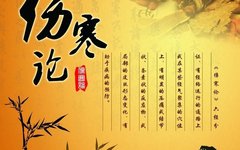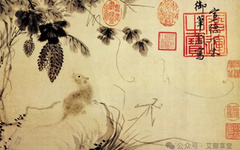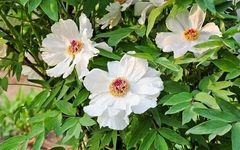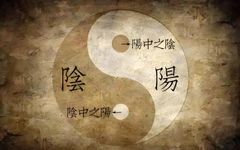TCM Classic Literature: Issue 18 – Treatise on Cold Damage, Section 53
The “Treatise on Cold Damage” (Shang Han Lun) originates from the Eastern Han Dynasty, authored by Zhang Ji (also known as Zhong Jing). This text is selected from the Ming Dynasty edition of “Zhong Jing’s Complete Works – Reprinted Song Version of Treatise on Cold Damage” by Zhao Kai Mei. The numbered sections following the … Read more









